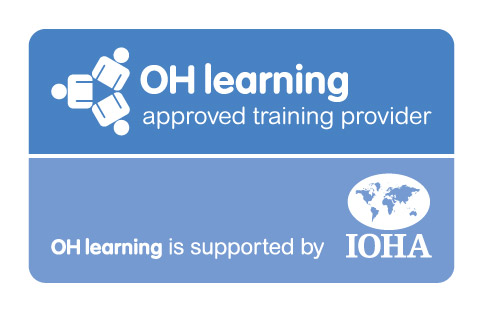Workplace Noise Risk Assessment
Know your rights and obligations as an employer and an employee
For hundreds of years mankind has known that hearing loss can result from excessive exposure to noise. Throughout the EU a comprehensive framework has been established to control noise at work under the provisions of Directive 86/188/EEC, ‘on the Protection of Workers from the Risks Related to Exposure to Noise at Work’. This Directive was first implemented in Ireland by a set of Regulations in 1990. Since then, a new Directive has come in to force – Directive 2003/10/EC (the ‘Physical Agents (Noise) Directive’). The 2003 Directive has been implemented by the Safety, Health and Welfare at Work (General Application) Regulations 2007 (S.I. No. 299 of 2007). These 2007 regulations specify the current legal obligations with regard to assessing and managing workplace noise.
Noise Management
According to the World Health Organization (WHO) ‘noise-induced hearing impairment is the most prevalent irreversible occupational hazard‘. The following factors influence the response of the human ear to occupational noise: the overall sound pressure level of noise, total duration of exposure, the frequency spectrum of the noise, the sound transmission properties of the ear and individual susceptibility to noise induced hearing loss (NIHL).
European and national legislation require employers (as far as is reasonably practicable) to eliminate risks arising from noise exposure at source or to reduce them to a minimum. There are specified ‘trigger’ or action values in the regulations, i.e., values at which the employer (and employee) become subject to certain obligations.
As part of a comprehensive range of acoustical services, MOLONEY & ASSOCIATES Acoustic & Environmental Consultants, Cork can expertly assess the noise levels in your workplace and provide the necessary guidance and expertise to ensure that you comply with all statutory requirements. For some companies this may just involve a qualified and professional assessment of the levels of noise and exposure. For managing high exposure levels the development of a Noise Control Programme and/or a Hearing Conservation Programme may be advisable. The emphasis should always be on ensuring compliance with statutory requirements, minimising the risk of damage to workers and minimising the liability of employers.
The risk assessment process should be seen as a detailed evaluation of the noise levels and noise exposure in the workplace. In particular we need to determine if and where the noise/exposure could cause harm, so that we can determine what precautions or controls are necessary. The primary intention is to prevent occupational noise exposure and protect against hearing loss. In addition, the potential interaction of noise and other hazards should be considered – e.g., contribution of noise towards accident occurrence, failure to hear warning alarms etc.
The necessary control measures which are required to adequately safeguard all employees against hearing loss must be clearly specified. This is the primary outcome of the risk assessment and all statutory obligations should be fully implemented. In specifying the control measures, the risk assessment provides the company with a practical and detailed roadmap to help manage noise exposure in the workplace.




